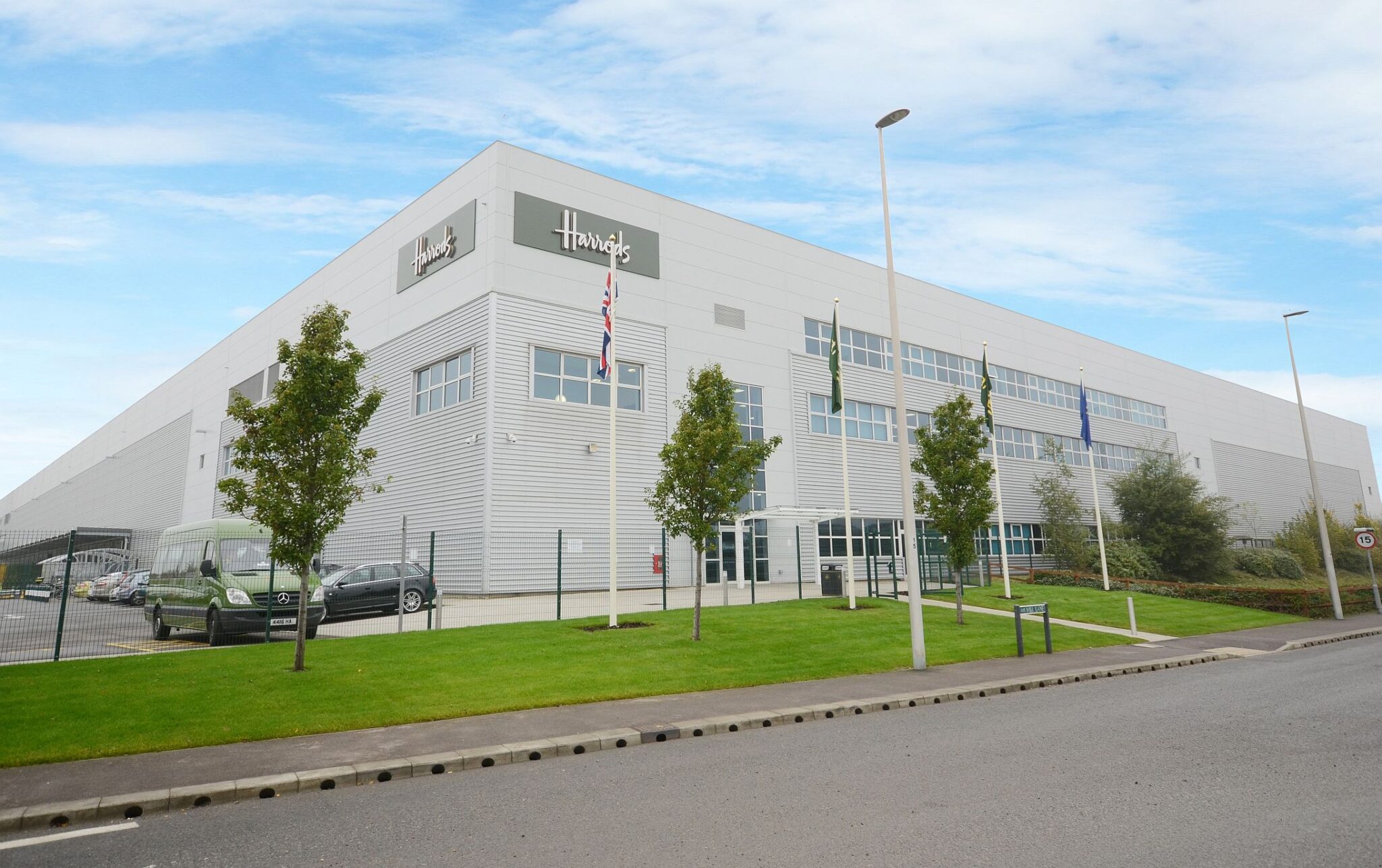Businesses across all sectors are looking to AI, whether it’s to improve productivity and efficiencies within their operations or to offer a more personalised experience to customers, writes Faki Saadi (pictured), Director of Sales, UK, Ireland and France at SOTI. A message echoed at the National Retail Federation conference, which saw retail giants such as Amazon, Walmart and Victoria’s Secret reveal new AI-enhanced offerings.
However, a recent SOTI study revealed that underwhelming in-store device experiences and frustrations with deliveries and returns processes are tempering consumer excitement for AI, with just one in five British shoppers looking forward to its arrival in the retail market. Before more brands integrate advanced technologies, either in-store or online, it is critical that they nail down the basics to provide a frictionless experience and gain consumer trust.
Need for Speed
A key consideration for many shoppers before they make any purchase is the expected delivery time. In fact, 42% of UK consumers now expect to pick up an item ordered online from a physical store on the same day of purchase and 43% will look elsewhere if delivery or pick up of an item exceeds two days.
The ability to offer this level of service to shoppers lies in having an optimised supply chain. Through the integration of AI and implementing a fleet of connected devices, businesses can access essential intelligence data to better manage inventory, re-route stock depending on requests for products and ensure logistical operations are strategically planned.
This eliminates any manual processes that are slowing down procedures and creates a network of connected warehouses and distribution channels, that can react and adapt depending on a company’s current needs. As such, brands will now be in a stronger position to guarantee both fulfilment and consumer satisfaction.
Removing Blind Spots
Consumers demand direct exposure to retailer’s supply chains, requiring a synchronised reflection of what is available, through what channels and in what time period. True transparency is key to helping consumers feel in control during their journey through the sales funnel while offering them the flexibility to shop where it is most convenient for them. The appetite is clear, with nearly three quarters (73%) of shoppers expressing a desire to always know where their order is within the delivery process. For brands to offer this level of insight, they need to invest in supply chain optimisation so that they can access accurate real-time data and intelligence.
Through this, organisations will benefit from having immediate detection and reaction to operational challenges by integrating both device and operational data, including status of on-time deliveries, inventory status and driver behaviour. This will allow retailers to provide precise information directly to consumers, on when a product has been dispatched, when it has been received by a local courier and how far that parcel is from the recipient at any time on the date of expected delivery.
We have seen this in action through our work with DPD. This logistics giant has achieved greater visibility and control of its entire mobile operations, making it far easier to meet expectations and increase customer satisfaction.
Fluid Returns
For many shoppers, the ability to return an item in a convenient way can be enough for them to choose one retailer over another. Nearly three in five (59%) UK consumers say they would be more likely to choose a retailer if multiple return points were offered. Therefore, it is essential that brands offer a variety of couriers, returns lockers or the option to drop products off at any branch nationwide or at partner stores. But, how can retailers make that happen and still maintain visibility over all the moving parts?
From the point of a customer registering a return, to arranging delivery back to the warehouse and getting inventory processed into the system to be sold again, businesses should be making use of connected devices to retain as much data as possible. By developing an optimised supply chain, this data can then be made accessible and shared between various warehouses so that stock can be re-distributed to areas in need and operations managers can have a clear view of any movements in the facility. By integrating a fully automated process, retailers can then improve efficiency and ensure that the return journey is smooth and uninterrupted.
The Takeaway
Customer loyalty is becoming increasingly fickle, and all organisations should be using every tool at their disposal to build and retain it. A SOTI customer, American Airlines, which leverages remote control help desk tools to maintain customer satisfaction, proves that having the right technology at your fingertips can exponentially improve the overall experience of your customer base.
So, as retailers look ahead to advanced technologies like AI, it is critical that they revise their existing tech strategies now, both in-store and across the supply chain, so that when they do make the transition to AI, consumers are receptive, excited and optimistic.
Read similar news here:
Shoppers Ditch Sustainability for Bargains









